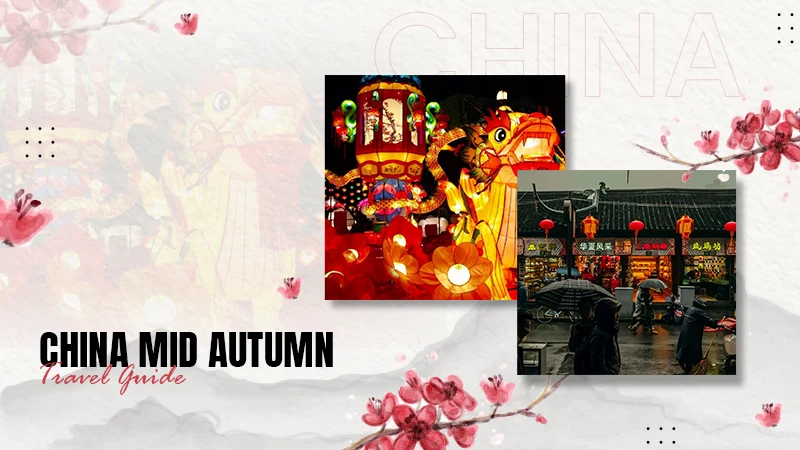
KEY TAKEAWAYS
- Every dish has an origin and a story behind it that makes it special.
- Food is associated with culture, tradition, and heritage.
- Ingredients have a historical past and economic impact.
- Street foods are quick, affordable, and tasty options.
Everyone likes food; we can’t live without it, as our life depends on it, but it’s also so much fun. Exploring so many unique flavors, textures, aromas, and whatnot. Not to mention, there are over 20,000 types of edible plants.
Everything that comes to our plate or is poured into our glass has a story behind it. Like château margaux grand vin, one of the finest wines that money could buy is from Margaux appellation on Bordeaux’s Left Bank, in France.
In this article, I’ll take you on a journey through culture and cuisine around the world. It’s going to be an amazing ride, so buckle up.
Savoring Traditions: The Stories Behind Iconic Dishes
Every iconic dish has a story behind it. Take sushi, for example, it’s eaten all across the world, but originally it was known as narezushi. It involved wrapping fish in fermented rice so that it doesn’t go bad. Just like that, every dish has a story behind it.
Every bite you take and the perfection it has goes way back centuries, when people didn’t even think that someday it would be eaten all over the globe. They carry deep symbolic meaning that connects people with their heritage.
Like Kimchi, which is a fermented vegetable dish, represents Korean resilience and community spirit. It is made during every gathering, and people enjoy it together. If you know the background of it, you will enjoy it even more.
Festivals, Feasts, and Flavor: Culinary Celebrations Globally
There are thousands of festivals celebrated on Earth, and each of these celebrations has a food item that is especially made for it. Diwali, or the festival of light celebrated in India and serves traditional sweets like ladoos, barfis, and kaju katli. It’s a festival symbolizing the victory of light over darkness.
La Tomatina is another lively festival that people of Spain celebrate by hosting big tomato fights and enjoying local dishes. There are many more such festivals where specific foods are served.
This way, you can take a glimpse into the culinary traditions and unique dishes associated with different regions and cultures. Below, you can see what dishes people make during Christmas in various countries.

Regional Ingredients That Define a Culture
Regional ingredients define culture, and regional ingredients are the core of cooking methods, which are passed down from generation to generation. Cuisines are also known for fostering a sense of belonging.
Making it a strong symbol of cultural identity, safeguarding heritage while encouraging social unity. You might not know this, but each ingredient has a historical past and economic impact.
Sharing meals and culinary traditions rooted in local ingredients helps unite people, strengthening social connections and nurturing a sense of community.
From Street Food to Fine Dining: Exploring Local Eats
Local food is a delicious exploration of culture and identity, whether that is through an experience at the colorful street corners or the refined setting of a dining room. Street food is the embodiment of place and brings the opportunity of a region through a convenient, cheap bite.
Fine dining restaurants, on the other hand, take the same regional-sourced local produce and remake it in lavish and unrecognizable ways, recreating it and making it fine dining gourmet food, delivering what is a distinct comparison to that of street food that portrays a region’s attributes, albeit in a more refined manner.
By experiencing a region’s food offerings in both street eats and fine dining rooms, perspectives of a region’s food culture can be gained, establishing a more complete understanding of what shapes a region’s essence.
How Food Reflects History, Identity, and Belief Systems
Food works as a powerful reflection of cultural values, traditions, and social structures. It has the ability to shape communities, people, and the world around us. The knowledge is passed down through time, which preserves history and heritage.
Regional cuisine and food choices are also known for communicating social status, values, and group affiliations. It also plays a major role in religious ceremonies and rituals, often associated with honoring deities or ancestors.
Final Words
We need to appreciate food more, right? It contains centuries of history within it, and many of us literally just throw it away. If you ever want to feel closer to or learn about any culture, start with its food, and you’ll get to know a lot.
Even packed food items like chips, chocolates have stories behind them on how they were created and what changes came with time. I find it mesmerizing and have a habit of researching the things I eat for the first time.
With that being said, don’t waste food and try to deep dive into why it’s prepared like that or what special species, ingredients are being used that make it delicious.
What is the connection between cuisine and culture?
A cuisine incorporates several ingredients, techniques and has a story behind it. Everything that gets included is somewhat connected with a particular culture, which makes the food even special.
How is culture displayed through food around the world?
Food connects people to places. It brings friends, family, and even strangers together. It showcases cultural heritage and national identity.
What are the 7 cuisines of the world?
The seven most popular and common cuisines around the world are Indian, Italian, French, Thai, Japanese, Chinese, and Mexican.











